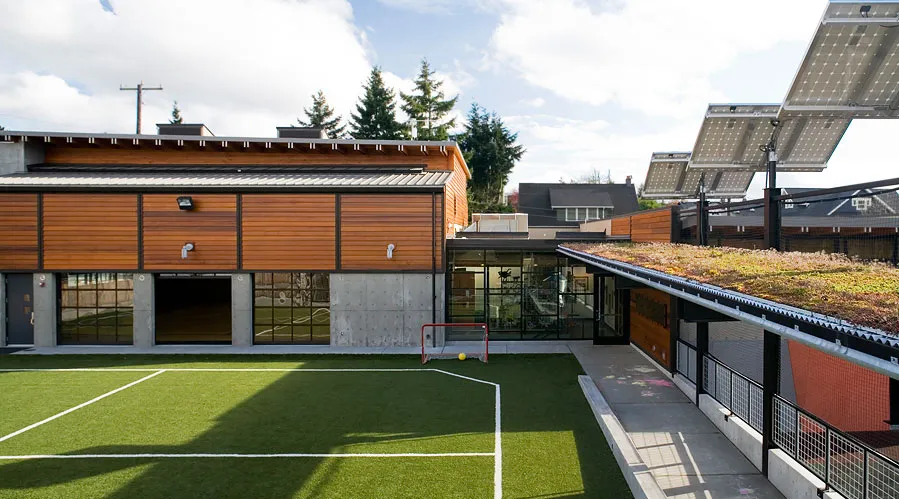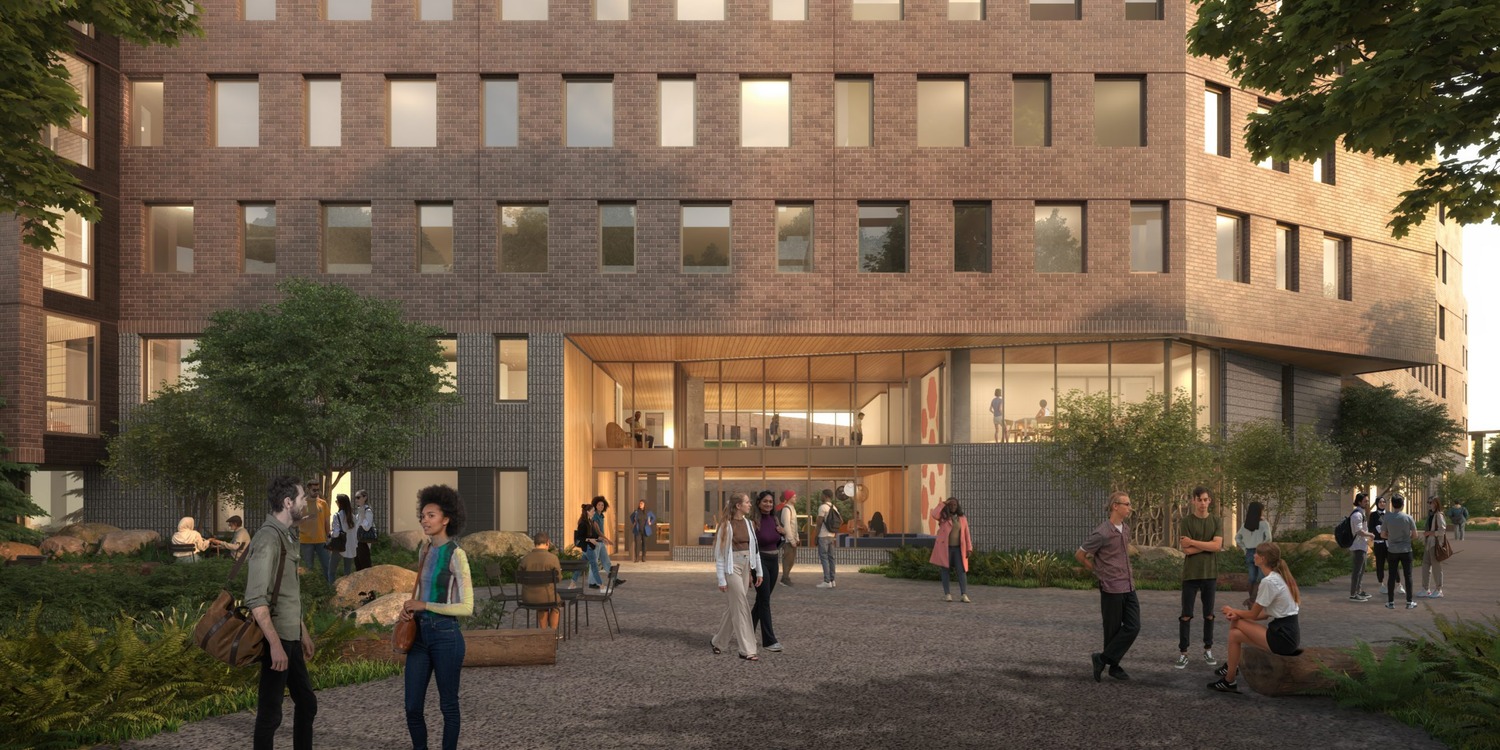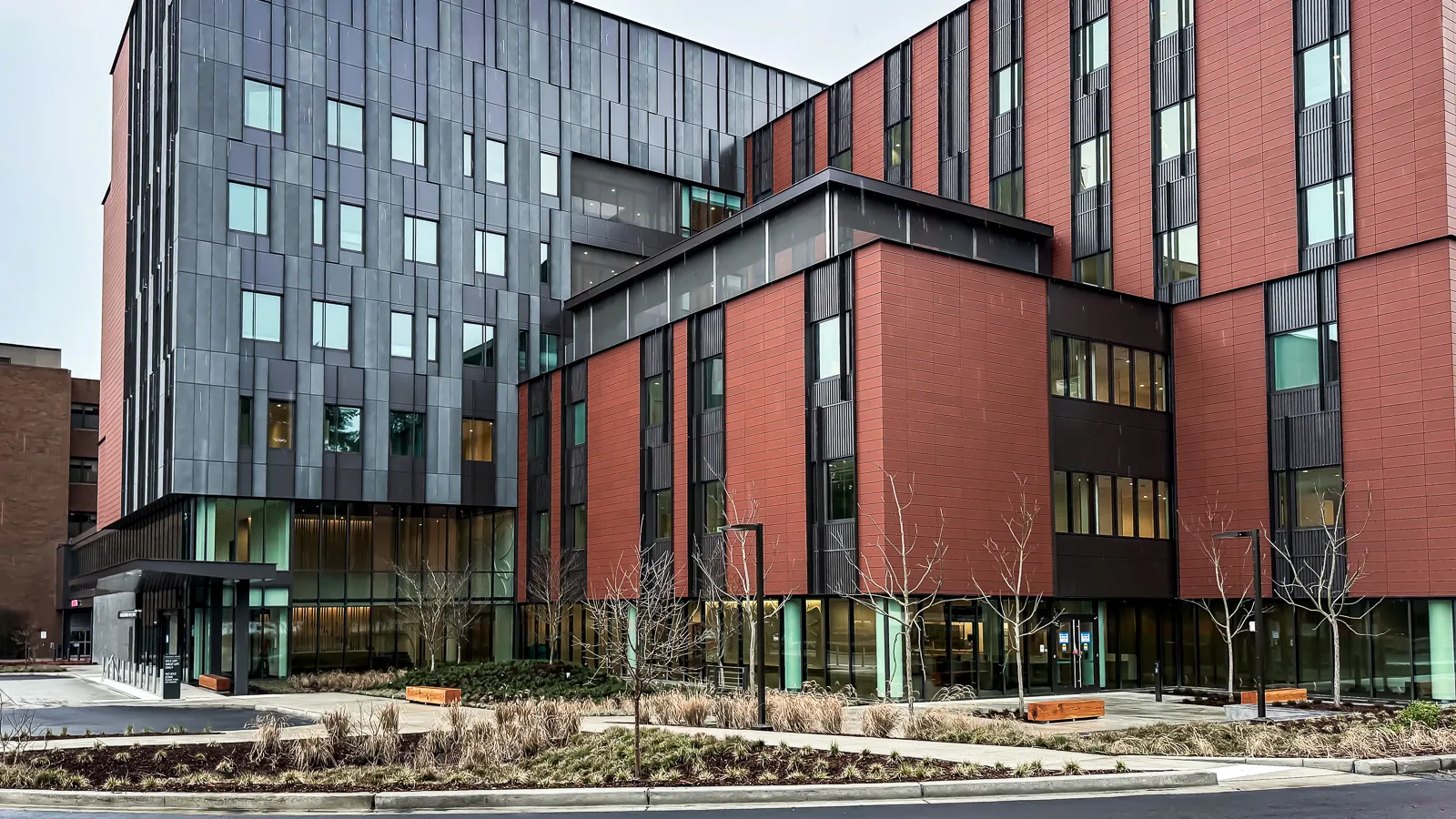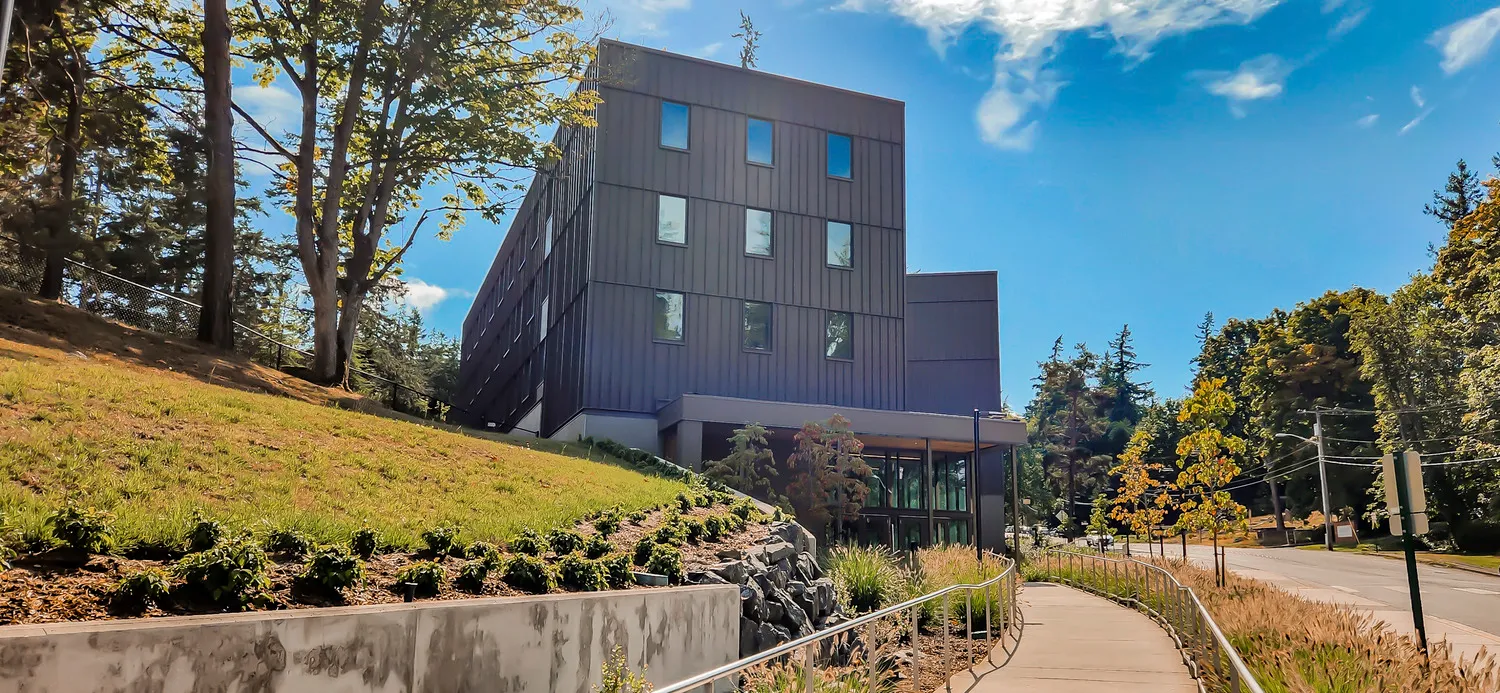
Bertschi School - Living Science Classroom
To meet the Living Building Challenge 2.0, the project team was integrated in a non-traditional, highly-collaborative process. A comprehensive preconstruction effort sought input from a large stakeholder group of end users as well as city and county representatives to achieve its ambitious goals. From an electrical standpoint, VECA quickly realized that industry standards have never undergone such scrutiny. The standard jacket on copper conductors is thermoplastic high heat-resistant nylon-coated (THHN), which contains red-listed polyvinyl chloride (PVC). Our team conducted extensive research to find a product that did not contain any of the red list materials that was also sourced within 5,000 kilometers, or roughly 3,100 miles, per the Challenge’s requirements.
We discovered that many vendors, their manufacturing representatives and the manufacturers themselves, had never come across the Living Building Challenge or its requirements to disclose the chemical makeup of their products in detail. The team became aware of how standard wiring practices could possibly affect the environment, and also helped educate vendors and manufacturers of coming demand for PVC-free jacketing, which will increase as sustainable construction practices continue to push forward. Sustainability features follow requirements for Living Building Challenge Version 2.0 including Net Zero Energy, Net Zero Water, Composting Toilet, Daylighting, Radiant Floor, Natural Ventilation, Highly Insulating (R-50 Walls, R-40 Roof), Interior Green Wall to treat grey water, Energy Recovery Ventilator, Interior and exterior water runnel to show water cycle flow, rain garden, moss mat green roof, on site agriculture and ethnobotanical garden.
By the Numbers










